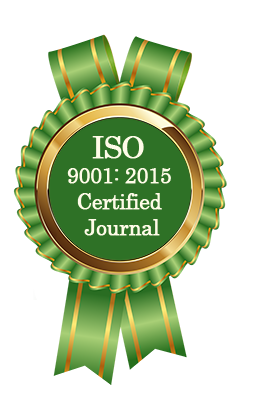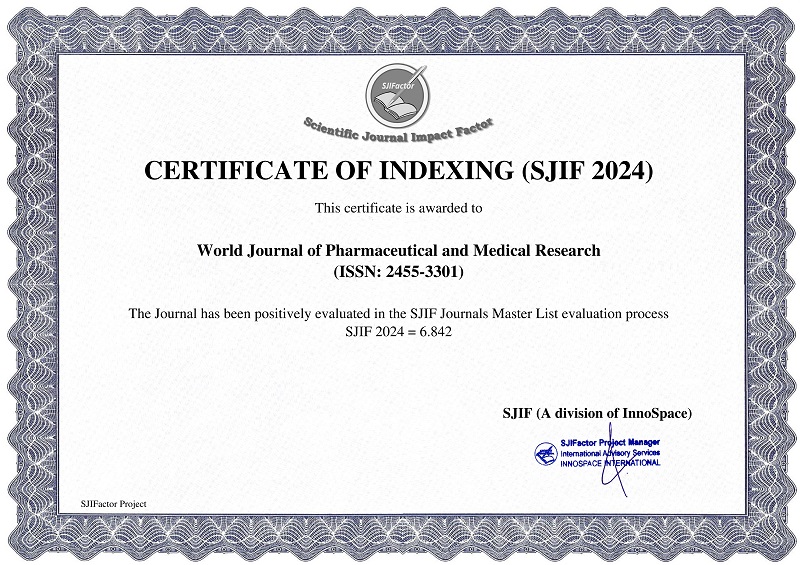A CRITICAL REVIEW OF SUDARSHANA PLANT (CRINUM LATIFOLIUM L.) - AN EXTRAPHARMACOPOEIAL DRUG W.S.R. TO ITS AUTHENTIC BOTANICAL SOURCE IN CURRENT ERA
Dr. Arjun Grover*, Dr. Janak Gupta, Dr. Deepak Verma and Dr. S. K. Sharma
ABSTRACT
Ayurveda is one of the most well-known ancient medical systems that has endured and grown throughout the millennia. Present study is focused on critical analysis of an anukta dravya (extrapharmacopoeial drug) - Sudarshana for its comprehensive review and authentic botanical source. Sudarshana (Crinum latifolium L.) also known as Sukhdarshana, Chakrahva, Madhuparni etc. belongs to family Amaryllidaceae is widely used in ayurveda mainly for painful swellings, fevers of unexplained origin, poisoning, ear disorders and skin ailments. There are various chemical constituents present there such as Crinamine, Lycoricidine, Lycoriside, Cirnasiatin, Hippadine, Crinine, Crinasiatine responsible for its pharmacological activities like anti-inflammatory, anti-diarrhoeal, hypoglycemic, antioxidant, hepatoprotective, antipyretic, antimicrobial, anticancer, anti-ulcer, antisecretory, hepatoprotective, hypoglycaemic and wound healing. Sudarshana is Ruksha, Teekshna guna, Tikta rasa, Madhura Vipaki and Ushna Virya. There is no direct as such reference of Sudarshana mentioned in texts of Vedic & Samhita Kala. However, it comes under recognition in Nighantu Kala found at various instances in various lexicons. This review critically evaluates the historical and contemporary perspectives of Crinum latifolium as Sudarshana focusing on its ethnomedicinal relevance, phytochemistry, pharmacological evidence and safety profile. There are three varities of Sudarshana known in practice as Sudarsahana, Brihatkandali (Nagadamani) and Kandali resp. as Crinum latifolium, Crinum asiaticum and Crinum defixum. The analysis seeks to bridge gaps between ancient texts and modern research offering insights into its relevance and applications in the current era. This critical appraisal aims to establish a standardized understanding of botanical source, ensuring its appropriate use in clinical and research contexts.
[Full Text Article] [Download Certificate]



